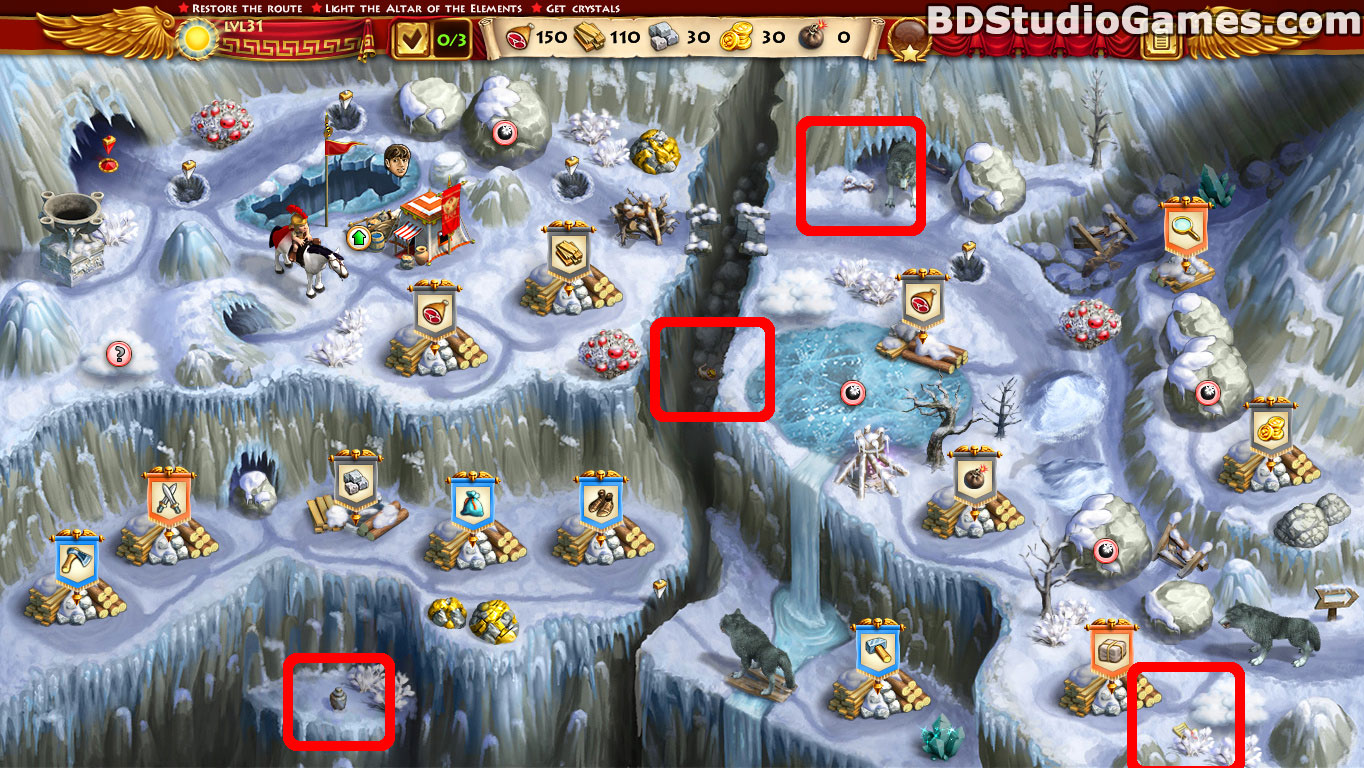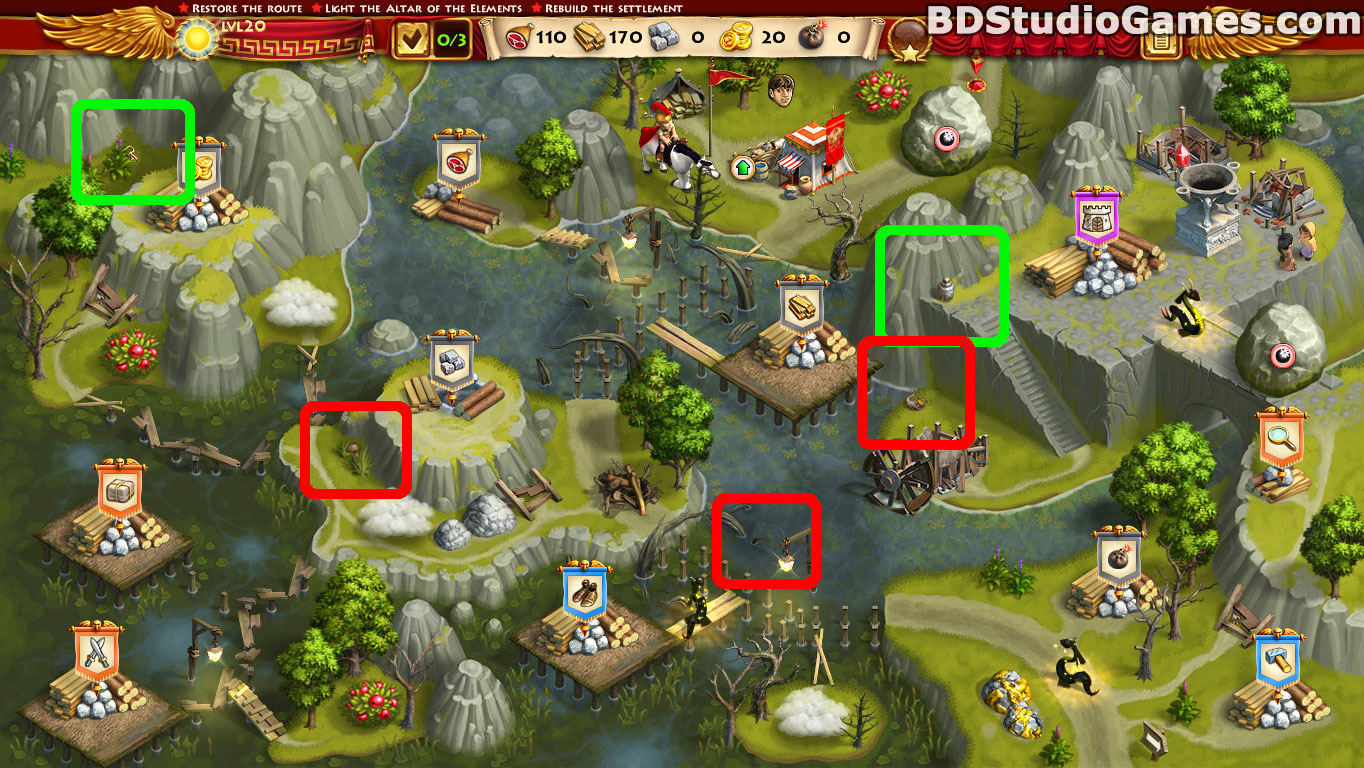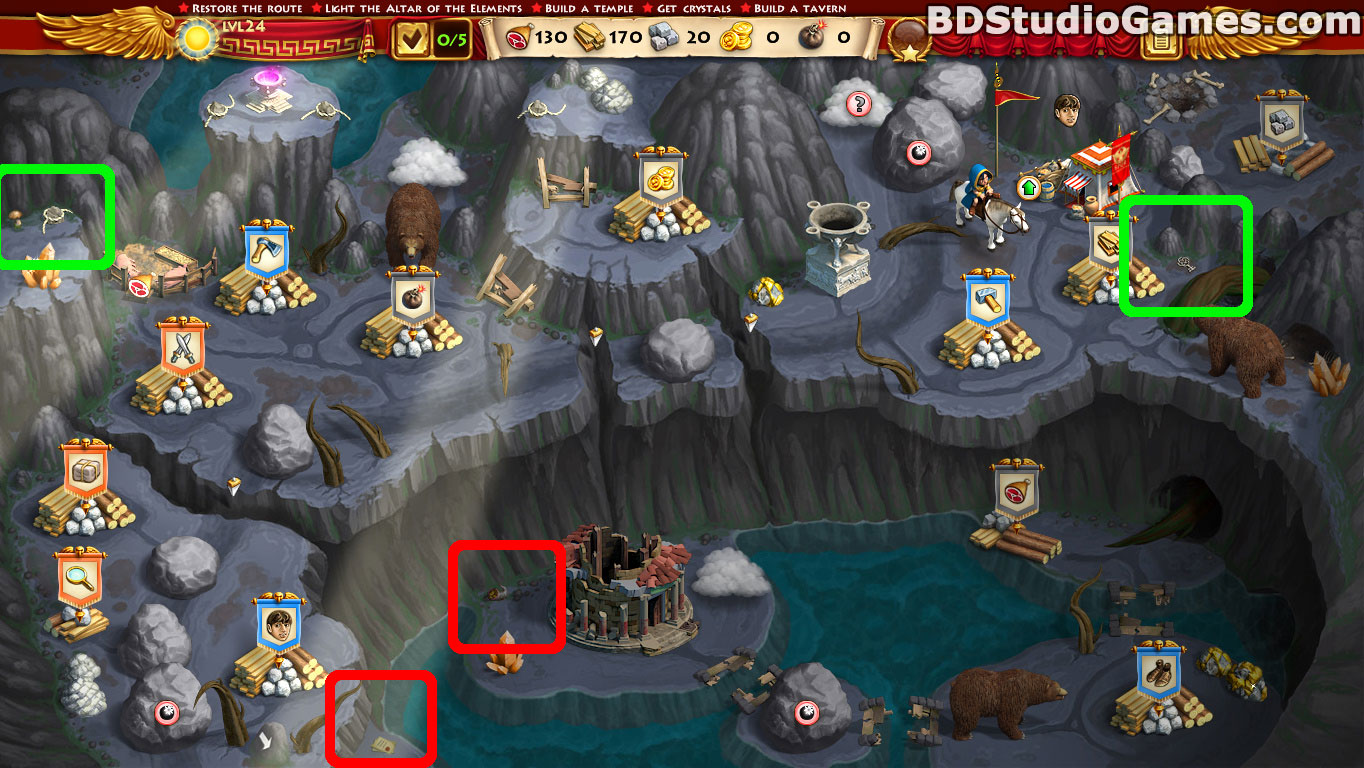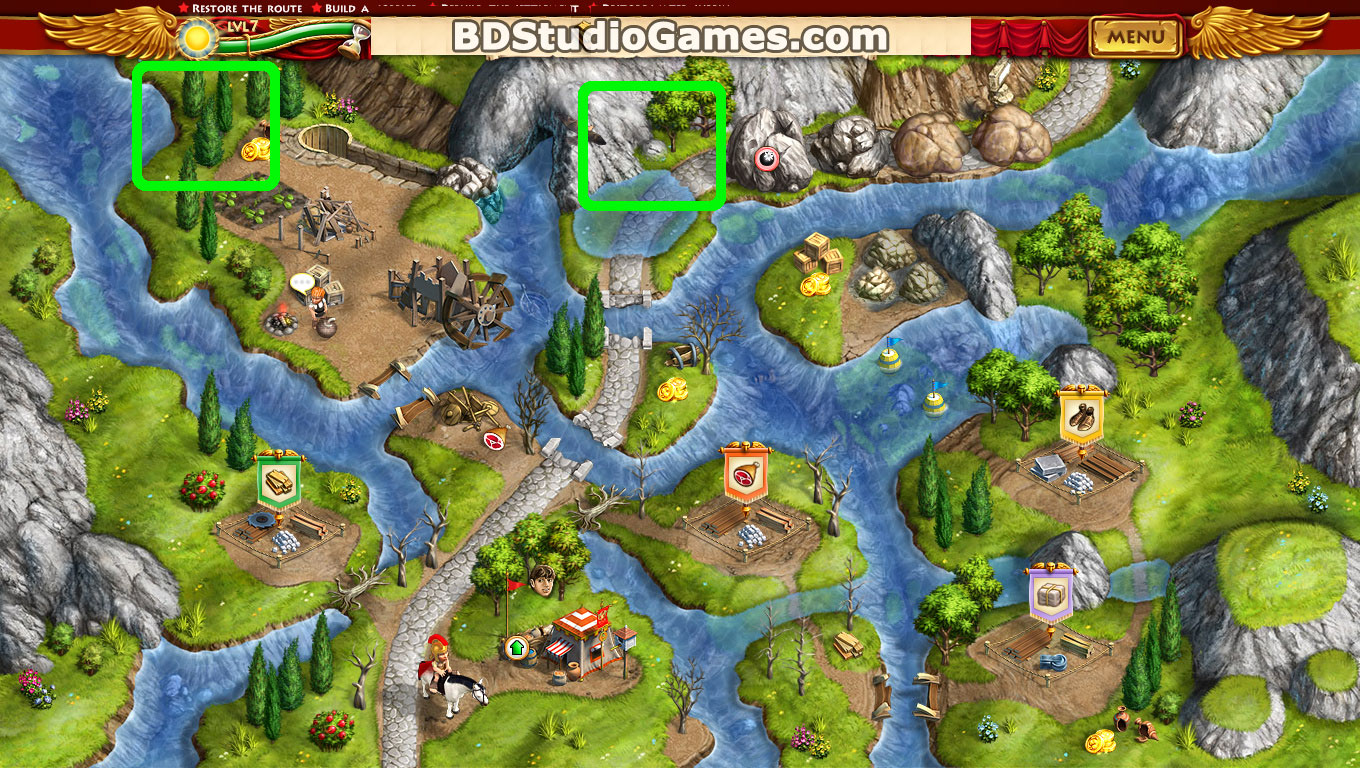

- Roads of rome 4 secrets locations episode 3 level 1 full#
- Roads of rome 4 secrets locations episode 3 level 1 license#

However, it soon reignited and burned for another three days. The fire stopped after six days of continuous burning. Some groups responsible for throwing torches and stopping those from fighting the fire were reported to have claimed they were under orders to do so. Looters and arsonists were reported to have spread the flames by throwing torches or, acting in groups, hindering measures being made to halt or slow the progress of the flames. The population fled first to areas unaffected by the fire and then to the open fields and rural roads outside the city. It then spread along the Palatine and Caelian slopes. In this lower area of ancient Rome there were no large buildings such as temples, or open areas of ground, to impede the conflagration. The fire expanded through an area of narrow, twisting streets and closely located apartment blocks.
Roads of rome 4 secrets locations episode 3 level 1 full#
The night was a windy one and the flames rapidly spread along the full length of the Circus. Outbreak and progress of fire Īccording to Tacitus, the fire began in shops where flammable goods were stored, in the region of the Circus neighboring the Caelian and Palatine Hills of Rome. Firefighters relied on blankets, buckets of water, vinegar, and demolition of buildings to put fires out.
Roads of rome 4 secrets locations episode 3 level 1 license#
Rome's Water Commissioner was also in charge of investigations into those who were illegally piping water away without paying a license fee to the state. Carrying out repairs to the aqueducts was an ongoing task for the Water Commissioner of Rome. Rome's water system īefore the fire, Rome's water was brought in by nine aqueducts which were not set up with equipment to fight fires. By the time of the Great Fire of Rome, there were thousands of Vigiles in the city and they had gone to work trying to stop the flames by pouring buckets of water into buildings, trying to move flammable material from the fire's path, and even demolishing buildings to attempt to make a fire break. The cohortes vigilum, run by freedmen, were tasked with guarding Rome at night while the cohortes urbanae were tasked with guarding Rome during the day. Vigiles Īfter the fire in AD 6, the Vigiles ("cohorts of the watchmen") were introduced by Augustus.


He was only eight years old at the time of the fire, but he was able to use public records and reports to write an accurate account. However, much of the work has been lost, including the books covering events after AD 70. His two main works, the Annals and the Histories, covered the history of the empire between AD 14 and AD 96. His exact birth date is unknown, but most sources place it in either AD 56 or 57. Publius Cornelius Tacitus was a senator and historian of the Roman Empire. At the time of the fire Nero may not have been in the city but 35 miles away at his villa in Antium, and possibly returned to the city before the fire was out. After the Great Fire of Rome occurred in July 64, it was rumoured that Nero ordered the fire to clear space for a new palace. His leading adviser, Seneca, was discharged and forced to commit suicide. In 59 AD, encouraged by his mistress Poppaea, Nero murdered his mother. Early in his reign he was heavily advised, but he slowly became more independent. His rule has commonly been associated with impulsiveness and tyranny. Nero was proclaimed emperor in AD 54 at the age of 17. AD 12 which destroyed the Basilica Julia.AD 6, which led to the introduction of the Cohortes Vigiles.Background Previous recorded fires in Rome įires in Rome were common, especially in houses, and fires that had occurred previously in Rome and destroyed parts of major buildings include:


 0 kommentar(er)
0 kommentar(er)
